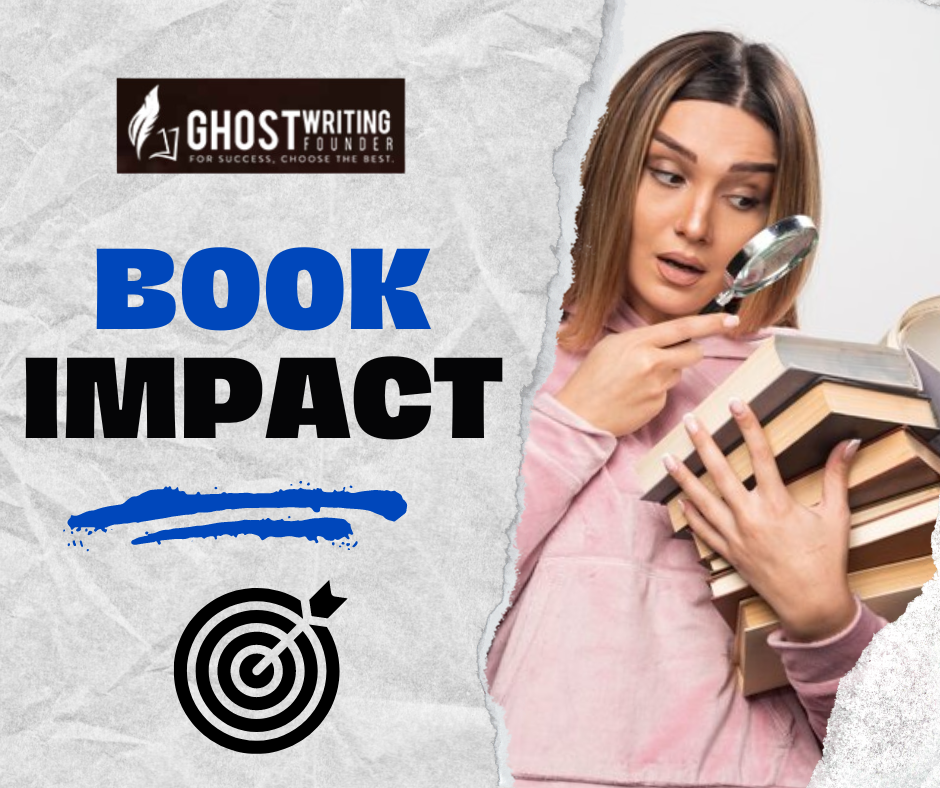
Book
Creative ideas play a crucial role in making books exciting and interesting. They breathe life into stories, turning simple plots into mesmerizing adventures.
Book impact goes beyond entertainment; it creates a deep and lasting connection between the reader and the narrative. Without these innovative concepts, books might feel dull and lack the spark that keeps readers hooked.
Types of Creative Ideas
Creative ideas in writing can take many forms. Authors often introduce innovative concepts, craft dynamic characters, and weave unexpected plot twists to engage readers. Symbolism and metaphor add depth, while world-building creates immersive settings.
Therefore, these diverse creative elements work together, turning a simple story into a captivating and memorable journey for readers.
Imaginative Concepts:
Creative writing often involves introducing fresh and imaginative concepts and expanding the boundaries of our imagination. Also, Ghostwriting Founder authors bring new ideas that challenge conventional thinking, exciting the reading experience.
Surprising Plot Twists:
Keep readers hooked with unexpected turns and surprises in the plot. These twists add excitement and suspense, compelling readers to turn the pages for more.
Symbolism and Metaphor:
Creative people use symbols and metaphors to communicate their points. These writing tricks complicate things, letting readers discover hidden facts and connect with the story.
Dynamic Characters:
Crafting characters with unique personalities adds charm to storytelling. Authors create dynamic individuals, each with quirks and motivations, making the narrative come alive for readers.
Readers find themselves not just following a story but forming a personal bond with the characters, thanks to the lasting influence of the book’s impact.
Immersive World-building:
Creative world-building is needed to take people to new places. Authors create detailed settings that make reading more enjoyable by making the made-up worlds believable and exciting.
Creative Ideas in Fiction
Creative ideas in fiction can take many forms, from unexpected plot twists that leave readers on edge to unique characters with quirky personalities that stick in our minds.
Innovative Storylines:
When you write stories that don’t follow the usual plot, you must come up with unexpected turns, non-linear timelines, or strange structures. This new idea goes against what readers expect, keeping them interested and wanting to learn more about the story.
Unique Characters:
Making particular characters goes beyond using standard themes. It requires giving characters unique characteristics, goals, and habits that make them believable and easily remembered. Similarly, these complex characters make the fictional world more real and full of life.
Twists and Turns:
Including plot twists that aren’t expected makes the story more interesting. The book’s impact of these unforeseen twists goes beyond adding interest; it creates a captivating and engaging reading experience, leaving a lasting impression on the reader’s journey through the narrative.
Exploration of Themes:
Addressing universal themes uniquely involves delving into profound topics such as love, loss, identity, or morality. By exploring these themes from fresh perspectives, authors offer readers new insights and reflections on the human experience.
Symbolism and Metaphor:
Using metaphors and symbols gives your story more depth and meaning. The author of Professional Book Writing uses symbols to communicate vague ideas or feelings, which lets readers connect with the story on a deeper, more symbolic level.
Inventive Writing Style:
Experimenting with language and narrative techniques contributes to an inventive writing style. This may involve playing with tone, incorporating unconventional structures, or testing with different points of view, creating a distinctive and memorable literary voice.
Genre Fusion:
When you mix parts from different types of stories, you get a dynamic mix of stories. Genre fusion lets writers tell stories that don’t fit neatly into any genre. Similarly, this gives readers a new and different reading experience that goes beyond the limits of a single genre.
Non-fiction Narratives and Their Creative Power
Non-fiction narratives possess a unique and potent creative power, capable of transforming factual information into compelling and engaging stories.
Here are some aspects of book impact that showcase the creative process of non-fiction storytelling:
Compelling Story Structure:
Putting together a non-fiction story means organizing actual events and facts in a way that looks like a story from fiction. Authors use flashbacks, chronological ordering, and narrative arcs to make their stories exciting and reasonable.
Character Development:
While it typically revolves around real people and events, skilled authors infuse life into their subjects by exploring personalities, motivations, and experiences in-depth. Therefore, this humanizes the narrative, making it relatable and emotionally resonant.
Setting the Scene:
The setting is very important when it comes to facts. Detailed and immersive descriptions of non-fiction adventure books regarding places, historical settings, or cultural landscapes help the reader feel more connected to the subject, which makes the non-fiction story more vivid and exciting.
Use of Literary Devices:
Authors use metaphors, similes, and symbolism to convey complex ideas and evoke emotions. These creative elements help transform factual information into a more nuanced and evocative reading experience.
Narrative Tension and Suspense:
Compelling non-fiction book author incorporates tension and suspense, compelling readers to eagerly follow the events’ progression. Therefore, the strategic placement of key information maintains the audience’s interest throughout the narrative.
Themes and Motifs:
Non-fiction stories often look at big ideas and repeating patterns that link different parts of the story. However, the theme study gives the story more meaning and makes it flow better. It also makes readers think about bigger ideas besides the facts.
Authorial Voice:
Non-fiction stories are more creative when they have the author’s voice, their unique point of view, and their observations. Script writing professionals give the story a unique perspective and make it seem more real.
Dialogue and Anecdotes:
Not-fiction stories are more interesting when they include real dialogue and important stories. Reading becomes more personal and engaging when these things are included because they connect readers with the people involved.
The Future of Creative Ideas in Books
Nowadays, literature is evolving in fascinating ways. New themes and styles are emerging, breathing fresh life into storytelling.
Therefore, one notable trend is the rise of diverse voices, where authors from various backgrounds share their unique perspectives. This diversity enriches the book’s impact, and the reading experience also opens doors to previously unheard stories.
Authors work together to make complex stories that mix different writing styles and points of view. This collaborative method makes the stories more interesting by weaving them together to make them more dynamic and connected.

![Best Books On Manifestation [For 2023]](https://blog.ghostwritingfounder.com/wp-content/uploads/2024/01/best-books-on-manifestation-For-2023.png)







Leave a Reply